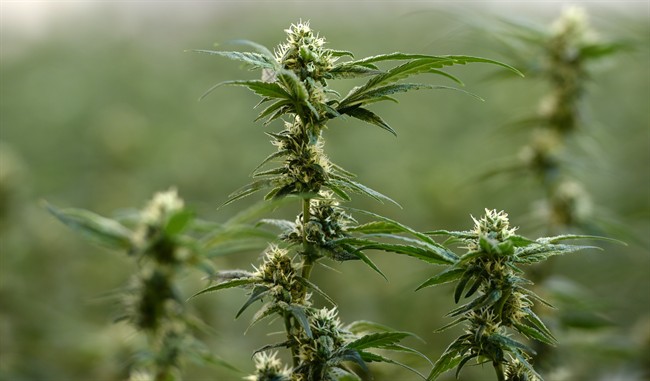As the federal government announces its marijuana legislation Thursday, questions remain about the impact it will have on cannabis research.

While Canadians will soon be allowed to legally enjoy marijuana, major gaps in our understanding of the drug remain.
READ MORE: Provinces brace for impact of federal bill on legalizing marijuana
Researchers in the field say barriers, such as cost and bureaucracy, complicate their work.
Western University researcher Dr. Steven Laviolette says there’s still a lot about marijuana that we don’t know.
“(There’s) well over 80 distinct phytochemicals that are found in the plant,” he said. “Two of the most active ones are called THC and cannabidiol, or CBD, and those are the ones that are getting a lot of attention recently in terms of their potential use for various therapeutic applications.”
READ MORE: What to expect as pot legislation is tabled in the House of Commons
Laviolette says the vast majority of the phytochemicals have never really even been studied, and a large reason for these limitations is because of the bureaucratic red tape.
“We need to apply for health license exemptions to use these compounds, to import the compounds from different suppliers from Health Canada, which can be quite a lengthy process,” said Laviolette.
The research being done at Western University is looking into the ways
marijuana could potentially help treat cancer, epilepsy and mental health.
- ‘Super lice’ are becoming more resistant to chemical shampoos. What to use instead
- Solar eclipse eye damage: More than 160 cases reported in Ontario, Quebec
- Canadian man dies during Texas Ironman event. His widow wants answers as to why
- ‘Sciatica was gone’: hospital performs robot-assisted spinal surgery in Canadian first








Comments